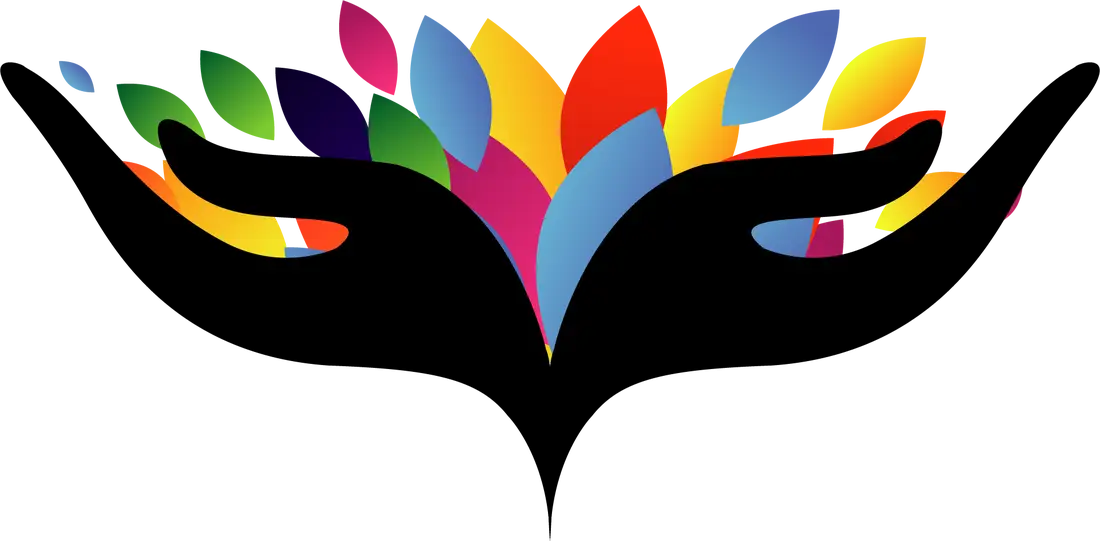🧠 CBT for Hoarding – Free Tools & Recovery Support
Cognitive Behavioural Therapy (CBT) is one of the most effective approaches for managing hoarding disorder. It helps individuals identify and change the unhelpful thoughts and emotions that lead to excessive collecting or difficulty discarding.
This page is your starting point to learn how CBT can empower you (or someone you care about) to take back control — one small step at a time.
✨ How CBT Supports Hoarding Recovery
- 🔁 Breaks the cycle of “save everything just in case”
- 💭 Helps you identify emotional triggers behind clutter
- 📉 Reduces anxiety around letting go of items
- 🪜 Encourages gradual, manageable progress
📘 What You’ll Find On This Page
- ✅ Educational overview of CBT for hoarding
- ✅ Easy daily exercises to get started
- ✅ Journaling prompts to track your journey
- ✅ Links to our Decluttering Tips & Hoarding Info Center
📅 Try This CBT Exercise Today
Choose one drawer, shelf, or surface in your home. Before touching anything, take a deep breath. Ask yourself:
- What thoughts pop into my head when I look at this area?
- What emotions do I feel (anxiety, guilt, shame, fear)?
- What would I like this space to feel like instead?
Spend just 10 minutes on that space. Then write your reflections in a journal — even a simple notebook. Awareness is the first powerful step to lasting change.
💬 You’re Not Alone
Hoarding disorder affects people from all walks of life. It’s not laziness or messiness — it’s often tied to trauma, anxiety, grief, or loss. CBT gives you a proven roadmap to healing, at your pace, with support.
Need support?
If you feel stuck or overwhelmed, contact us here. We’ll walk alongside you with care and compassion.
🚀 Coming Soon
We’ll soon be adding full CBT modules, downloadable worksheets, a clutter-related mood tracker, and a private journaling area. Bookmark this page and check back often!
